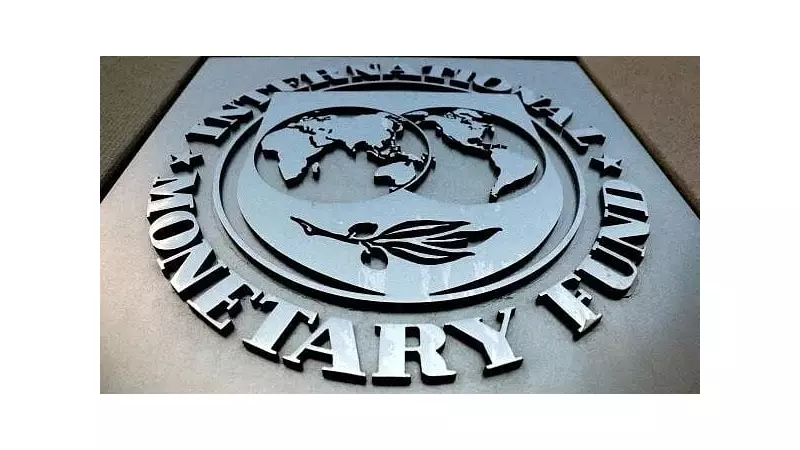
The International Monetary Fund has delivered a cautiously optimistic outlook for Pakistan's economic future, projecting significant growth potential while imposing stringent conditions that could reshape the country's fiscal landscape.
Economic Projections and Reform Requirements
According to the latest assessment from the Washington-based financial institution, Pakistan's economy could achieve 6.5% GDP growth in the coming years. However, this promising forecast comes with substantial strings attached that demand immediate government action.
The IMF has made it clear that Pakistan must implement comprehensive tax reforms and eliminate costly subsidies that have strained the national budget. These measures are considered non-negotiable prerequisites for accessing the remaining funds from Pakistan's current $3 billion standby arrangement.
Current Economic Challenges and IMF Scrutiny
Pakistan's economy has been navigating turbulent waters, with the country securing the $3 billion IMF program in June 2023 to avert a sovereign default. The program is scheduled to conclude in April 2024, creating urgency for the government to demonstrate progress on reform commitments.
The IMF mission, led by Nathan Porter, recently concluded discussions with Pakistani authorities in Islamabad. While the talks resulted in a staff-level agreement, the final approval from the IMF Executive Board remains pending until Pakistan shows concrete implementation of the required economic adjustments.
Critical areas under IMF scrutiny include energy sector reforms, improved fiscal management, and measures to control inflation that has burdened ordinary citizens. The institution has emphasized that without these changes, Pakistan's economic recovery remains vulnerable to setbacks.
Regional Implications and Future Outlook
The successful implementation of IMF conditions could have far-reaching consequences for South Asia's economic stability. A stable Pakistani economy would contribute to regional trade growth and potentially ease geopolitical tensions in the area.
However, the path forward requires difficult choices for Pakistan's leadership. The government must balance IMF demands with domestic political considerations, particularly regarding subsidy reductions that could affect popular support.
Economic experts suggest that while the 6.5% growth projection offers hope, achieving this target will require consistent policy implementation and structural reforms that extend beyond the current IMF program timeline.
The coming months will be crucial as Pakistan works to meet IMF conditions while managing the social impact of economic adjustments on its population of over 240 million people.





